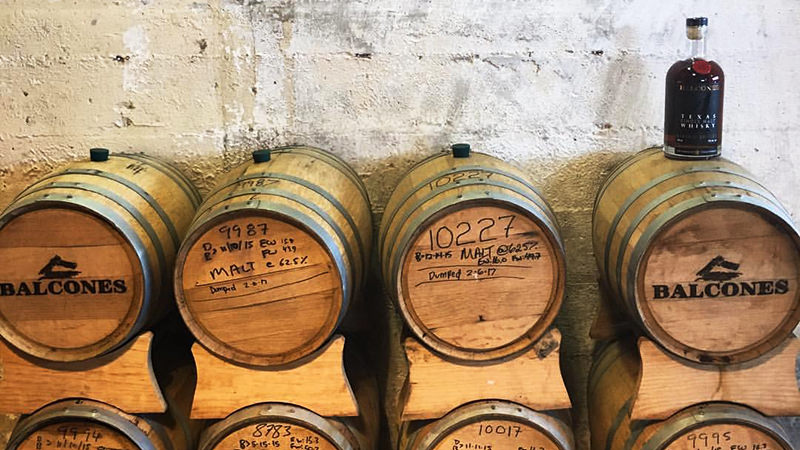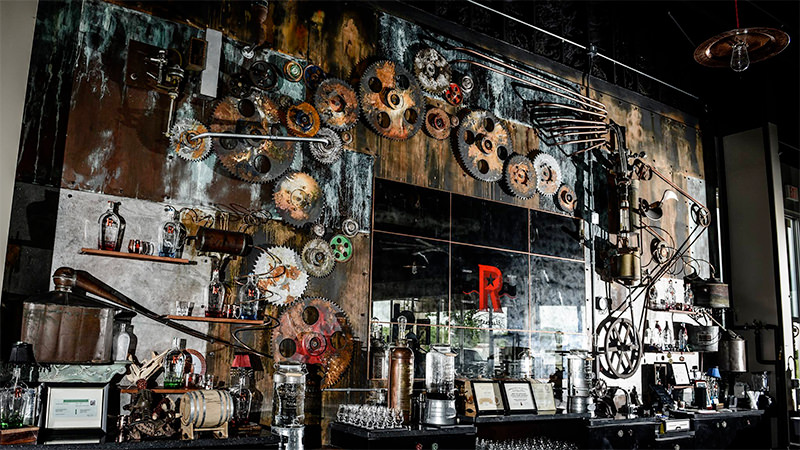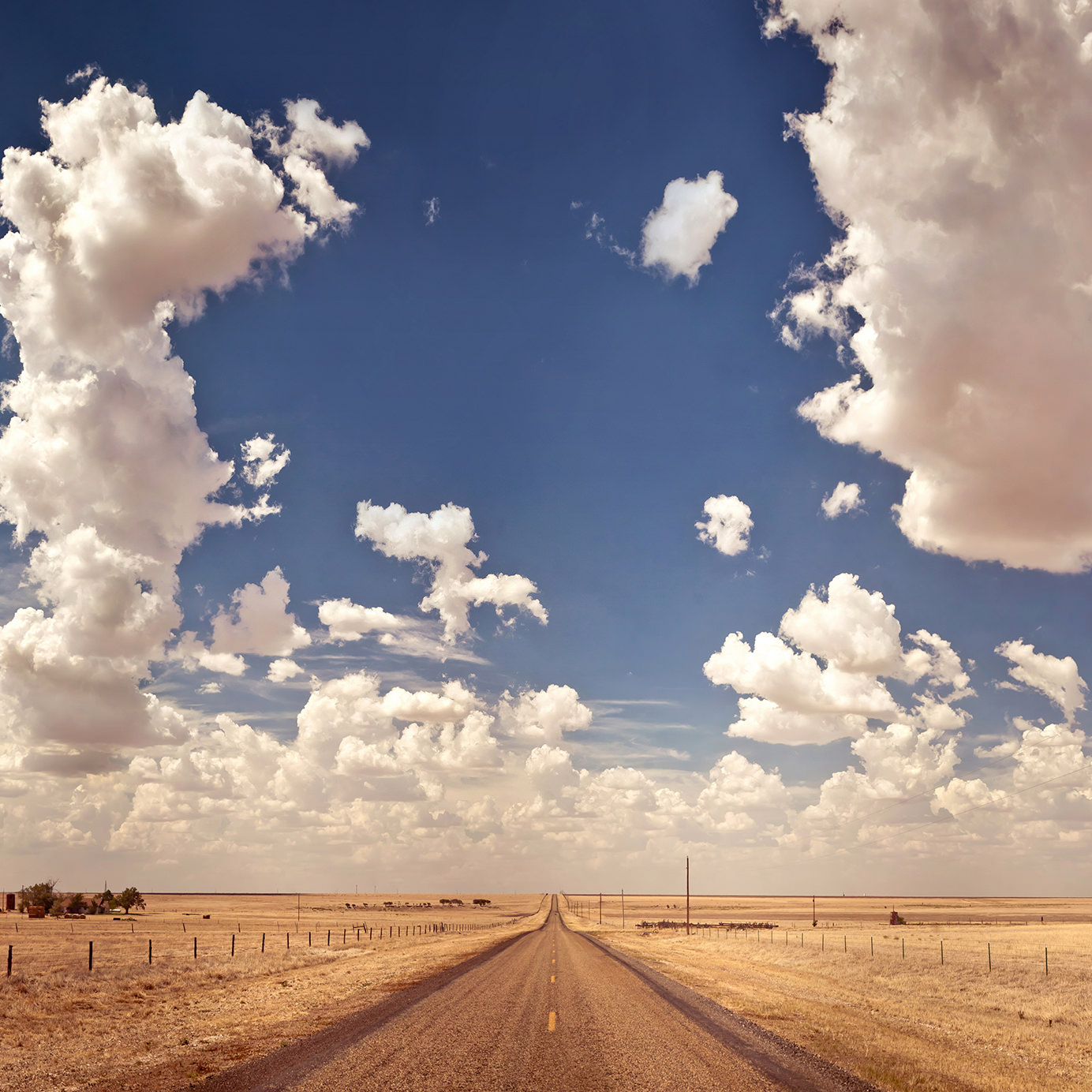When it comes to whiskey, the first place that comes to mind is Kentucky. The Bluegrass State has been producing some of the tastiest whiskeys for centuries — in addition to other American whiskey powerhouses like Tennessee, and even Virginia.
Now there’s a new breed of distillers emerging in an unexpected place. Garrison Brothers. Whitmeyer’s. Acre Distilling. They have one thing in common: All produce Texas-made whiskey and were founded within the last decade.
Texas labels such as Balcones and Ranger Creek have been honored at Whiskies of the World, International Wine & Spirit Competition, and American Craft Spirits Awards. Ironroot Republic Distilling, based in Denison, Texas, has seen a consistent uptick in sales of at least 30 percent annually since launching in 2015.
These labels are young, especially compared with those from Kentucky, but certain factors work in their favor. Our national thirst for whiskey has never been higher. American whiskey sales were up 8.1 percent in 2017, according to the Distilled Spirits Council, which credits much of that growth to millennial consumers.
“I think our biggest advantage is our Texas market. Texans – and even new Texans – are super loyal to locally produced Texas product,” Tony Formby, founder of Acre Distilling in Fort Worth, says. “Texas is the second-largest market next to California for beer, wine, and spirits. We find that if you make a quality product and you’re able to identify it as being produced in Texas, distilled with ingredients made in Texas, we have a great advantage at home.”

Currently, there aren’t legal regulations on what exactly constitutes Texas whiskey. The category is quite diverse in its ingredients, barrel aging, and other production methods.
What differentiates Texas-made whiskeys are flavors influenced heavily by the climate. Unlike Kentucky, which has four complete seasons, Texas can experience four seasons in one week — sometimes in one day. The extremely dry conditions combined with warm temperatures cause the alcohol to expand. That helps it reach deeply into the pores of the wood, which is where roughly 75 percent of the flavor stems from and 100 percent of where the deep, dark colors originate.
This leaves Texas whiskeys with a heavy oak profile. They tend to have a much younger age statement as well, and use undersize barrels to speed up the aging process.
Jonathan Likarish, Ironroot Republic Distilling head distiller and owner, says that Texas distillers typically use pot stills instead of continuous stills favored by distillers in Kentucky.
“The spirit that comes off of a pot still tends to be heavier and more viscous,” Likarish says.
Ironroot also incorporates some Cognac-style methods in its whiskey production. “One of our mentors, Nancy Fraley, is trained in the classical techniques used to make French brandy,” Likarish says. “She has guided us to apply this knowledge to not only our distillation methods, but to our maturation and warehousing methods as well. We attribute the lighter, more refined oak profiles and the highly aromatic characteristics of our whiskeys to these techniques.”
The burgeoning whiskey movement is changing agricultural communities in the state. Texas lands haven’t historically been used for barley but now, Formby says, farmers are beginning to grow barley specifically for whiskey production in an area north of Amarillo in the Panhandle.
Acre just released its first single malt. “It’s doing fairly well even though it’s fairly young,” Formby says. “We think over time the single malt — which is made with all-Texas-grown barley and malted in mills in Ft. Worth — will see an uptick.”
Mike Raymond, co-owner of Reserve 101, a Houston whiskey bar, has been in the bartending and restaurant business since 1988, and has observed the boom in Texas-made whiskeys firsthand.
When Raymond launched Reserve 101 some 11 years ago, there were no whiskey-focused bars or restaurants, only steakhouses and cigar bars.
“I felt like whiskey was going to be a trend coming,” he says. “Our spirit industry goes through trends and fads. Houston was inundated with wine bars and craft beer was making its third wave of reappearance. Whiskey kind of seemed like it would be the next thing.”
Even so, Raymond says, “I really had no idea that whiskey was going to become what it has become. In Texas, making whiskey is really only about a 10-year-old process. It’s relatively new. So, when we talk about companies like Garrison Brothers and Balcones, they’re not that old. Whereas Kentucky, you’re talking about 200-year-old companies.”

Some distillers here are still learning what does and does not work, mostly since there isn’t a pre-existing roadmap.
“When we started, we had no idea of what type of barrel to use for our bourbon,” Dennis Rylander, co-founder of Ranger Creek Brewing and Distilling in San Antonio, says. “So we partnered with six different cooperages and we asked them to put different char levels inside these barrels and different toast levels and different sizes of their barrels. We had 100 different flavor profiles just from the barrels itself.”
“It’s an example of how you have to figure it out as you go,” he says. “When you think of bourbon made in Kentucky, they’ve had 100 years to figure that out.”
Zachary Churbock, a bartender at the Whiskey Cake restaurant just outside Houston, has noticed differences between working with the Texas whiskey versus Kentucky-based brands. “Texas whiskey being so young — it’s not a bad thing — they buy from grain producers” he says. “They’re basically just aging used, already made product. A lot of it is bold flavor. You’ll get a lot more oak-y, harsher vanillas and things of that nature. They work well in cocktails.”
“Don’t be afraid to explore and try new things,” Churbock adds. “If the bottle looks weird, some weird stuff is the good stuff.”
Four to Try
Balcones’ Baby Blue Corn Whiskey is Texas’s first legally produced and sold whiskey post-Prohibition. Crafted from roasted heirloom blue corn, it has won nearly 300 national and international awards. As a Balcones Distilling employee states, “We’re a 100% grain-to-glass Texas distiller, always have been, always will be.” On a side note: This year, Balcones is celebrating its 10th anniversary.
Among many accolades for Ironroot Harbinger Bourbon, it was named “Best Texas Whisky” at the 2017 International Whisky Competition. It is definitely worth a try.
Launched in 2015, and based in Ft. Worth, Acre Distilling is one of the state’s youngest distilleries . It produces a top-notch product, particularly its Longhair Jim Single Barrel Select Bourbon Whiskey.
Ranger Creek’s award-winning bourbon is distilled twice, made in small batches, and uses Texas corn. The flavor profile consists of vanilla, brown sugar, and cinnamon from the finish. Its Rimfire single malt is made from Texas mesquite, and all grains are smoked in a 20-foot shipping container that the distillers turned into a large smoker. Fun fact: Ranger Creek uses barrels as small as five gallons and as large as 55 gallons.
